Australia is often celebrated for its unique wildlife and stunning landscapes, but few may realize that beneath its red soil lies a hidden and ancient world teeming with stories from a bygone era. Millions of years ago, during the Mesozoic Era, dinosaurs roamed across what we now call the Australian continent. Their remains tell tales of ancient ecosystems and offer a glimpse into the distant past. In this article, we embark on a journey through time to uncover the fascinating story of Australia’s prehistoric inhabitants and reveal how you might even find traces of these ancient creatures in your own backyard.
Uncovering Australia’s Dinosaur Legacy
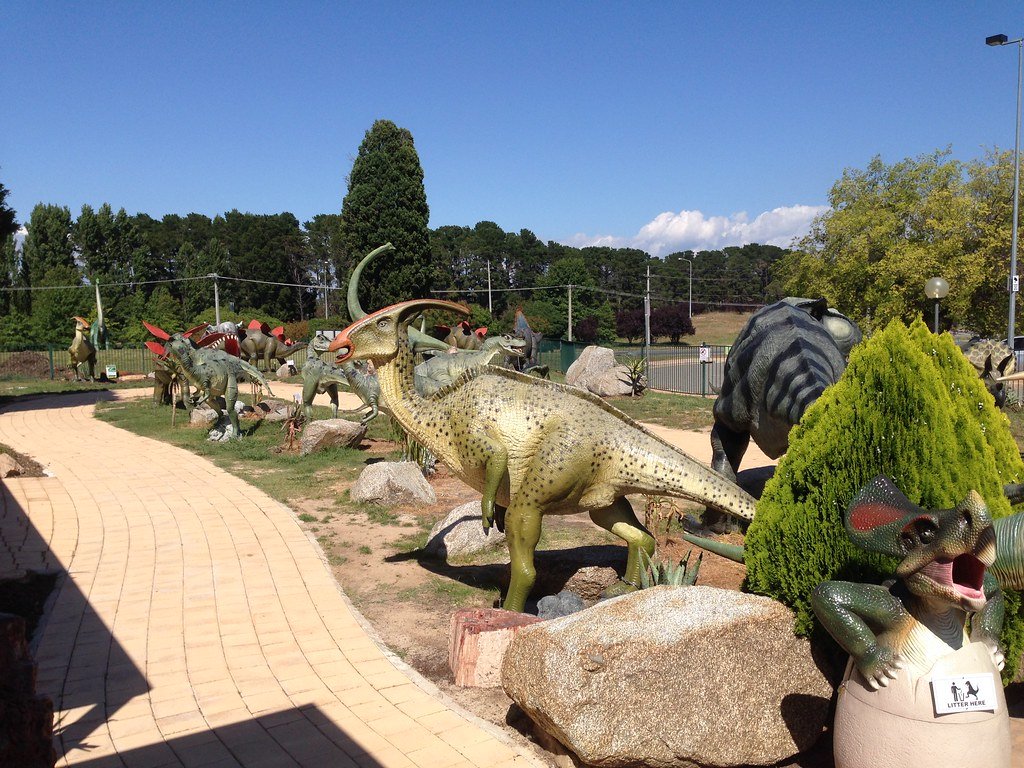
Australia’s prehistoric landscape was drastically different from the one we see today. Situated near Antarctica and part of the supercontinent Gondwana, Australia was home to dense forests, vast rivers, and a climate that supported diverse dinosaur species. From the towering Sauropods to the swift Theropods, these ancient reptiles thrived in varying environments across the continent, leaving behind fossils that provide crucial insights into their lives.
The Dinosaurs of Down Under

Australia’s dinosaur collection is as diverse as the country itself. Notable species include the formidable Australovenator, a swift predator known as Australia’s own ‘Cretaceous cheetah,’ and the Muttaburrasaurus, a gentle plant-eater. There is also the Minmi, an armored dinosaur whose name means ‘shield,’ thanks to its hard protective plates. Each discovery paints a more complete picture of the varied dinosaur communities that once inhabited Australia.
Fossils: Nature’s Time Capsules
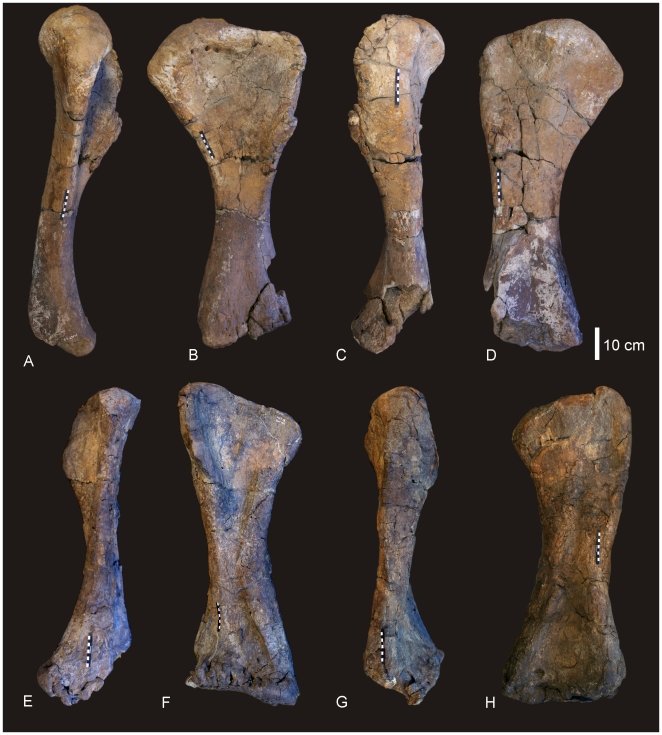
Fossils, remnants or impressions of ancient organisms preserved in rock, are invaluable to paleontologists. In Australia, these fossils have been primarily found in sedimentary rocks formed from the accumulation of mineral deposits in prehistoric water bodies such as lakes and rivers. When these organisms were buried rapidly by sediment, the conditions prevented decay, allowing for remarkable preservation.
Major Fossil Sites in Australia
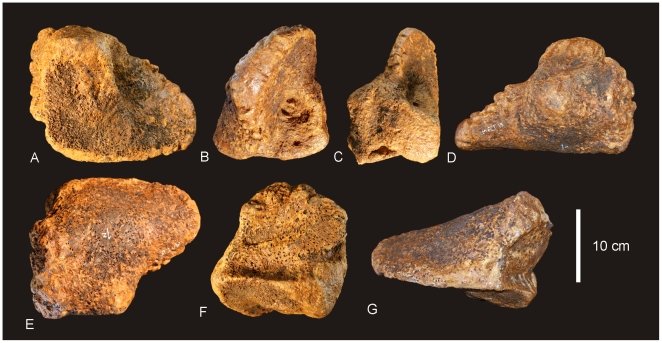
Australia is blessed with several prime fossil sites that have helped reveal its dinosaur-rich past. Sites like Winton in Queensland, known for the discovery of large Sauropod fossils, and Lightning Ridge in New South Wales, where opalized dinosaur bones offer a dazzling glimpse into history, are treasure troves for paleontologists and enthusiasts alike. These locations are open to public tours, letting visitors witness ancient history firsthand.
The Process of Finding Fossils
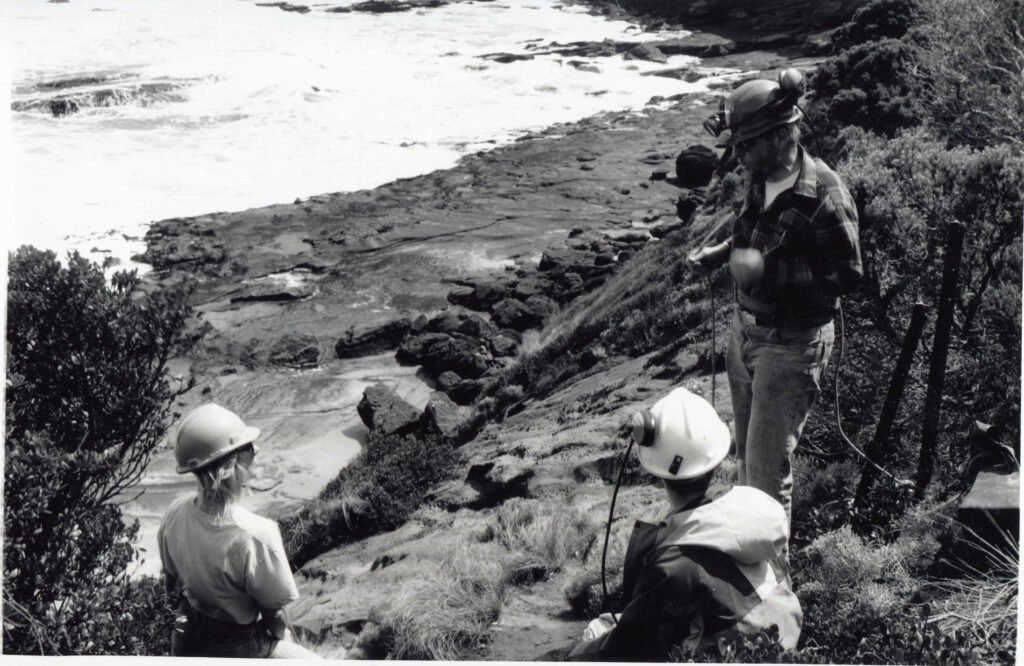
The key to unearthing fossils often lies in geological research as much as physical digging. Geologists identify promising fossilized-rich areas before paleontologists commence meticulous excavation work. They use tools ranging from delicate brushes to construction equipment, depending on the site’s complexity. The painstaking attention to detail during the excavation is crucial to avoid damaging these precious remnants of history.
How Fossils Reveal Ancient Ecosystems

Fossils not only shed light on the dinosaurs themselves but also provide valuable information about the environments in which they lived. By studying plant fossils, pollen, and sediment layers, scientists can reconstruct ancient ecosystems, climate conditions, and ecological interactions. These insights help us understand how dinosaur communities adapted and evolved in response to shifting environments over millions of years.
The Role of Technology in Paleontology
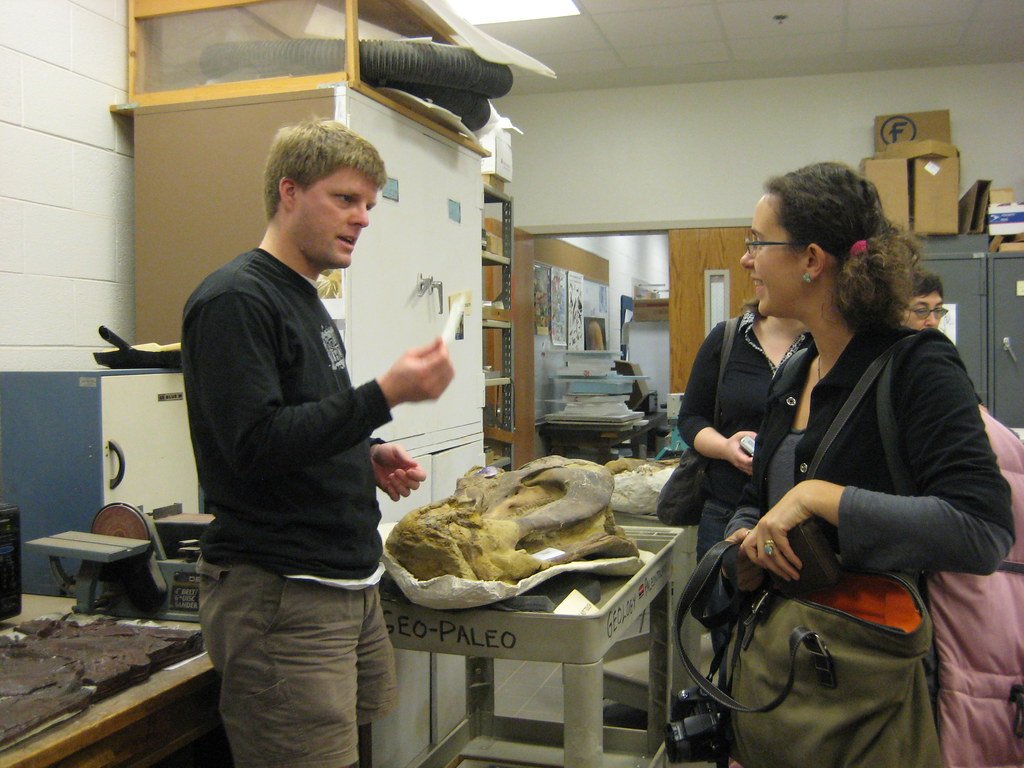
Advancements in technology have significantly enhanced the field of paleontology. Techniques such as CT scanning, 3D modeling, and isotopic analysis allow scientists to examine fossils in unprecedented detail, revealing intricate aspects of dinosaur anatomy and behavior that were previously unknown. These tools enable researchers to develop more accurate reconstructions and enhance our understanding of these magnificent creatures.
In the Footsteps of Dinosaurs: Educational Opportunities
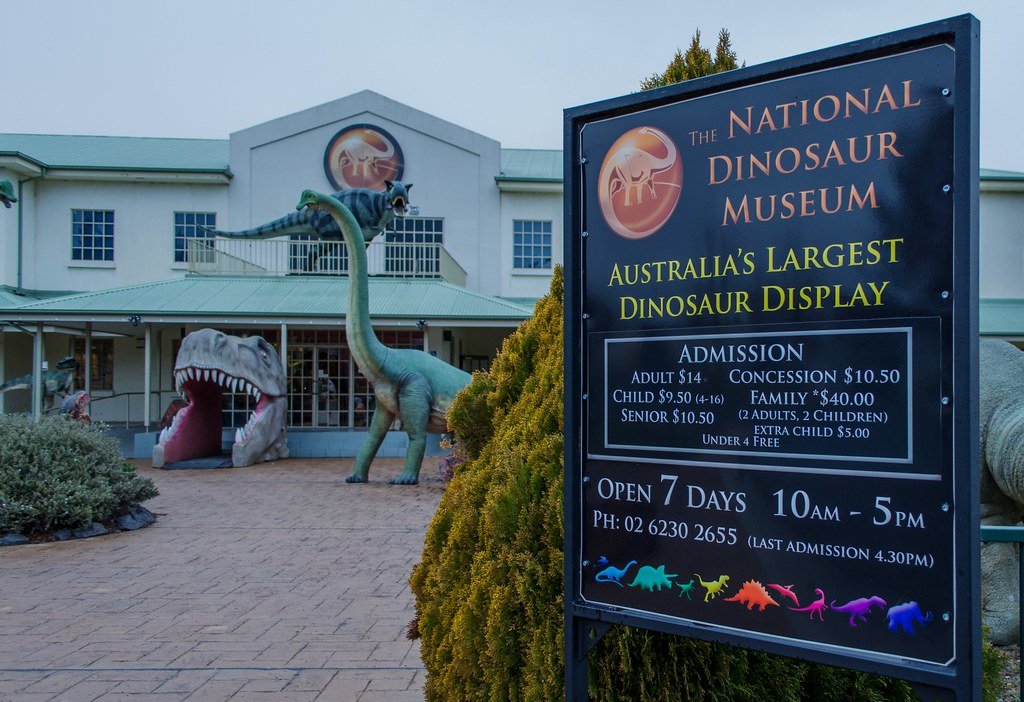
Australia offers numerous opportunities for individuals, particularly students, to engage in hands-on learning about paleontology. Programs offered by museums and universities allow participants to work alongside seasoned paleontologists, gaining firsthand experience in fossil excavation and analysis. These educational ventures inspire a new generation of researchers eager to unlock the mysteries of the past.
Protecting Our Prehistoric Heritage

Australia’s rich fossil sites are a national treasure, and protecting them is crucial to preserving our prehistoric heritage. Conservation efforts focus on safeguarding these sites against encroaching development and looting. Legislation and community awareness play key roles in ensuring that these irreplaceable windows into the past remain intact for future generations to study and admire.
Discovering Fossils in Your Own Backyard
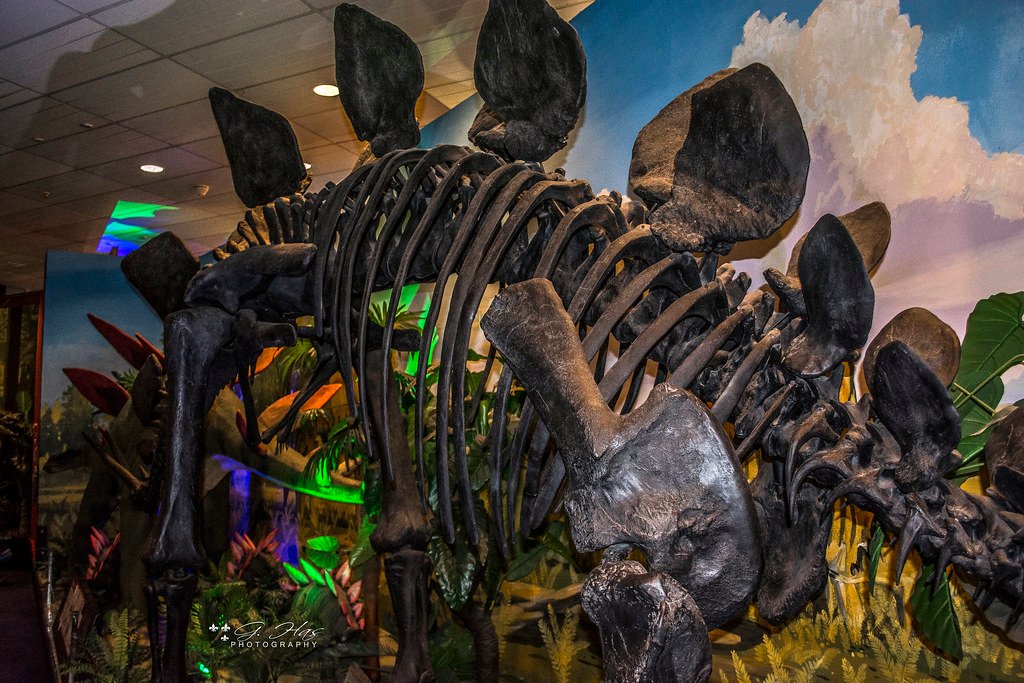
For those curious about possibly discovering fossils closer to home, understanding the geologic history of your area is a great starting point. Areas in Australia’s interior, renowned for sedimentary rock formations, may yield small fossils or fragmented remains of prehistoric life. However, it’s essential to seek permission and adhere to local regulations when exploring potential fossil sites.
Conclusion: The Legacy of Australia’s Dinosaurs
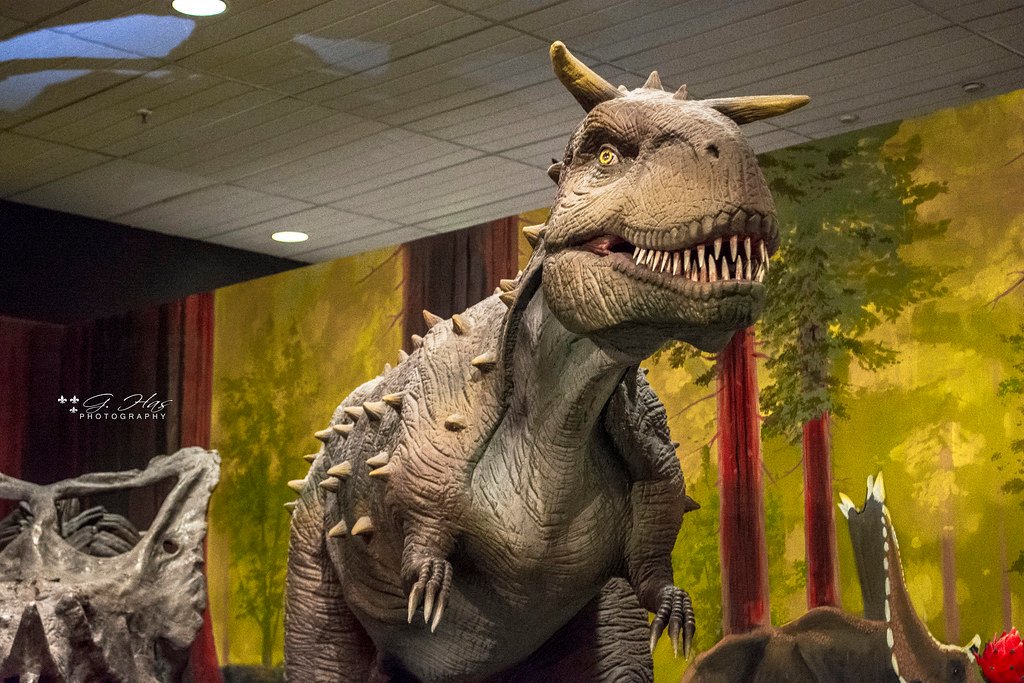
Australia’s ancient landscapes hold a remarkable tale of adaptation, survival, and evolution. The country’s rich fossil record not only tells us about the dinosaurs that once roamed its lands but also offers invaluable lessons on the dynamics of ecological and geological change. By studying these fossils, scientists and enthusiasts alike continue to deepen their understanding of our planet’s prehistoric past. Whether explored in a museum, through a dusty excavation site, or even through the thrill of finding a fossil fragment in your backyard, Australia’s dinosaur legacy continues to captivate imaginations and contribute to our knowledge of the natural world.




